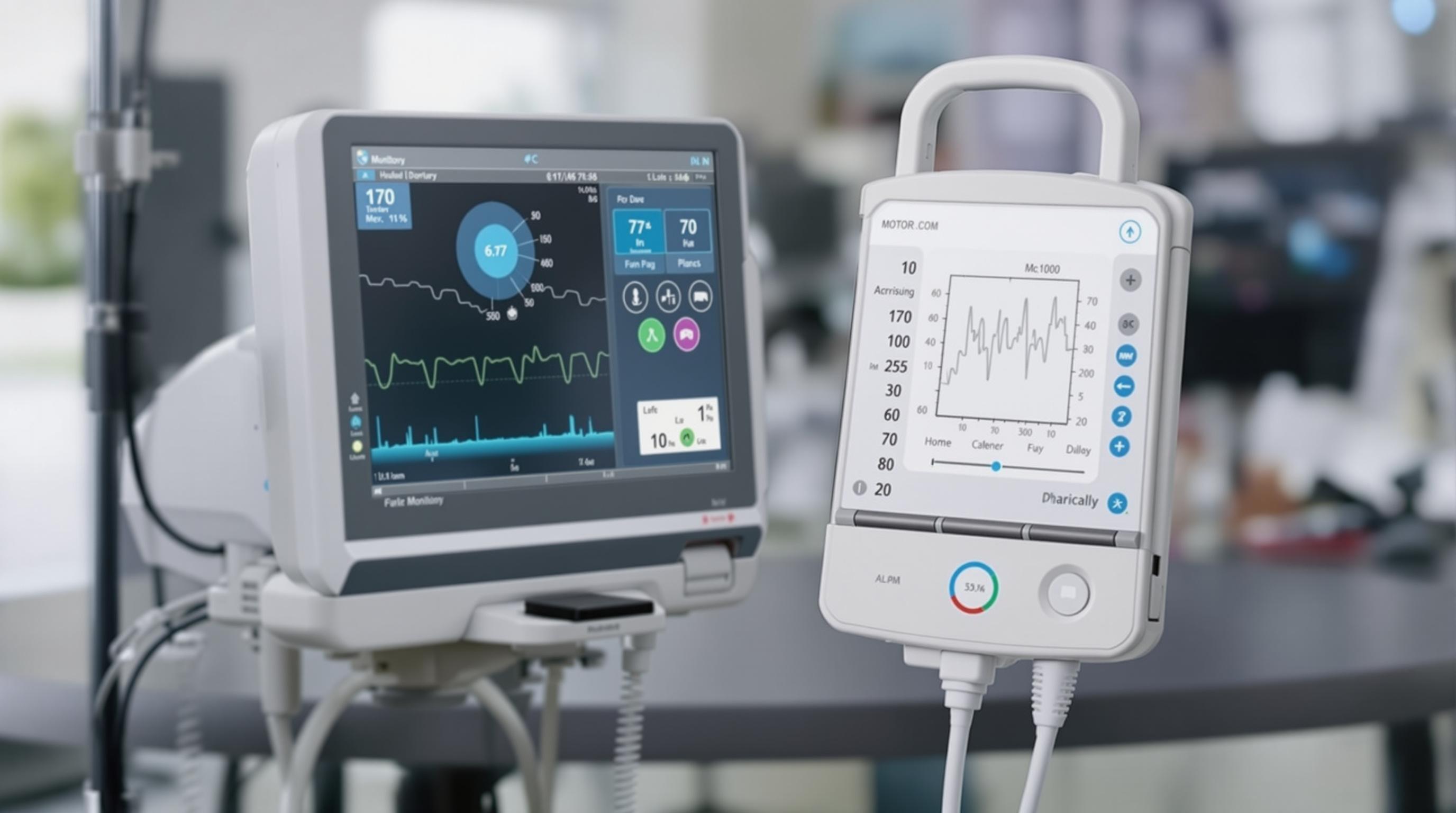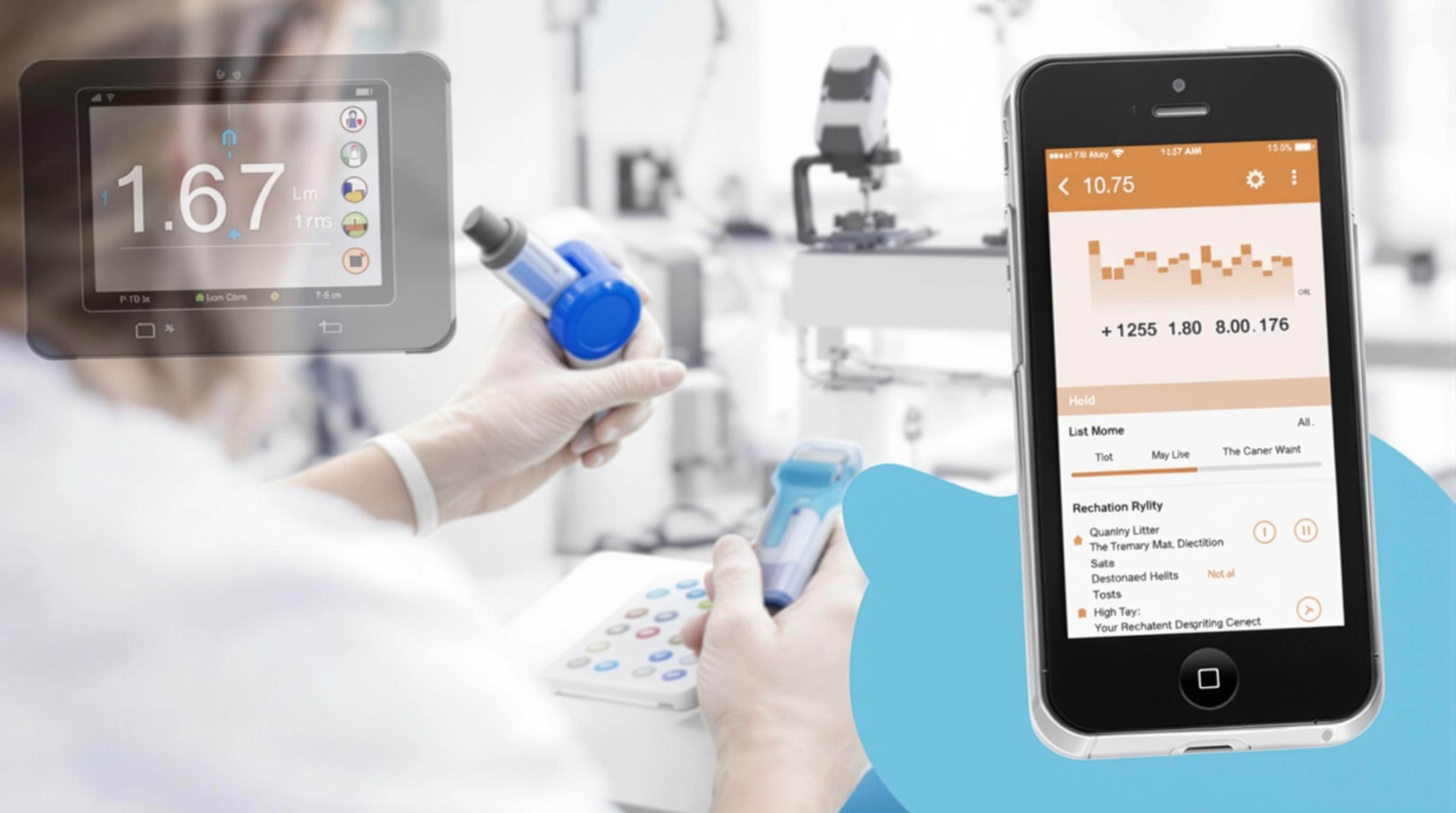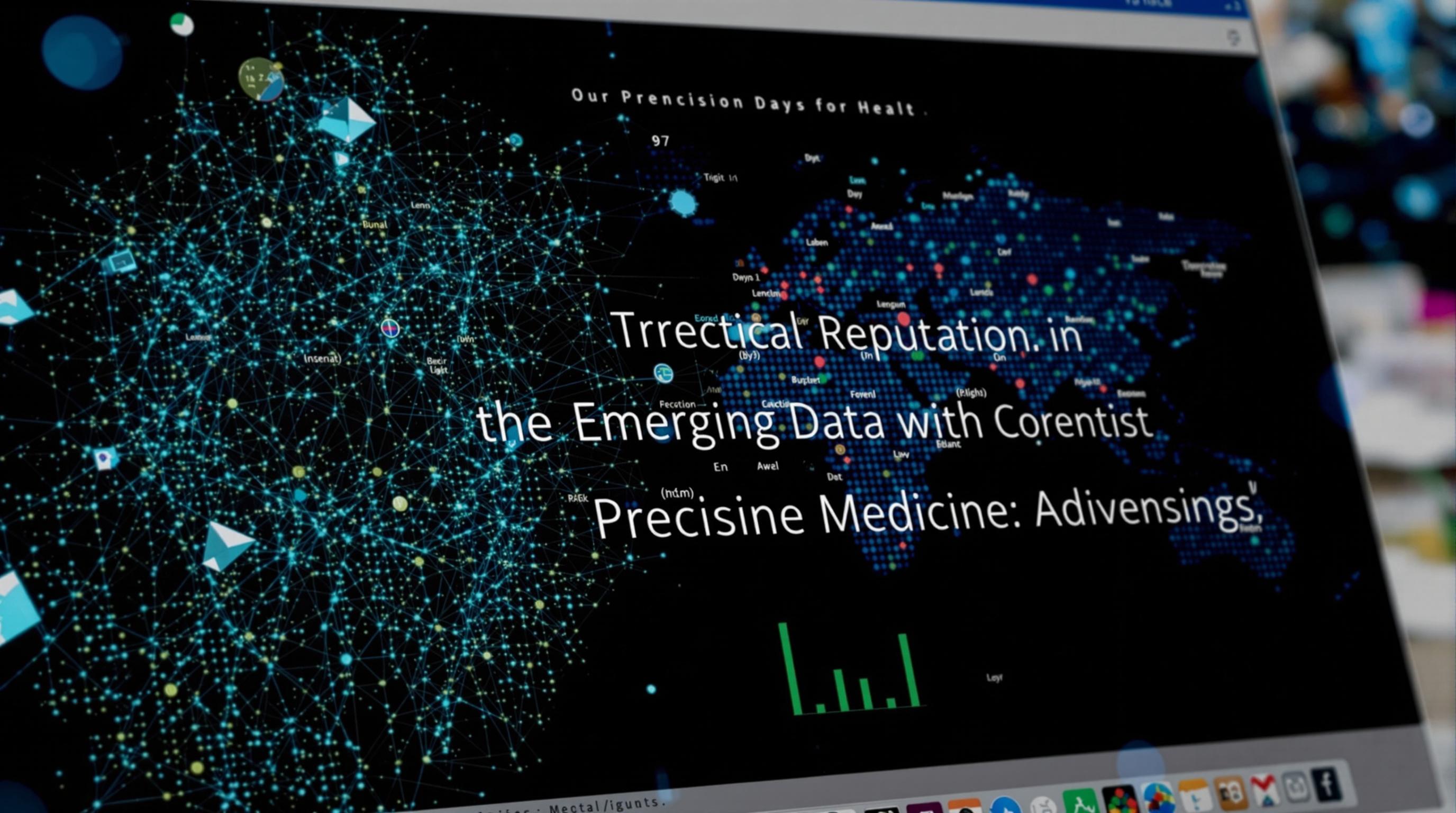Related Articles
- Top 6 Little-Known Medical Apps with User Interfaces That Actually Boost Patient Outcomes
- 5 Game-Changing Fitness Trackers from the Last 5 Years That Outperform Your Expectations
- Top 8 Breakthrough Portable Diagnostic Devices from the Past Five Years Revolutionizing Home Health Testing
- The Quiet Influence of Ancient Medical Records on Modern Healthcare Data Interpretation and Policy Making
- Top 6 Emerging Medical Coding Analytics Platforms from the Last Five Years for Data-Driven Decision Making
- Examining the Impact of Quantum Computing on Future Remote Healthcare Data Defense Strategies
9 Breakthrough Analytical Techniques in Health Clinical Reports Enhancing Predictive Accuracy for Complex Diseases
9 Breakthrough Analytical Techniques in Health Clinical Reports Enhancing Predictive Accuracy for Complex Diseases
9 Breakthrough Analytical Techniques in Health Clinical Reports Enhancing Predictive Accuracy for Complex Diseases
1. Machine Learning Algorithms
Machine learning algorithms have revolutionized the analysis of clinical health data by enabling automated pattern recognition in vast datasets. These algorithms, such as random forests and support vector machines, learn from historical data to predict disease outcomes with increasing accuracy.
They excel in identifying subtle correlations among diverse variables that traditional statistical methods might overlook. This capability enhances the predictive power for complex diseases like diabetes and cardiovascular conditions.
Recent studies highlight machine learning’s role in early diagnosis and personalized treatment plans, as reported by Rajkomar et al. (2019) in "Nature Medicine." Their work emphasizes the integration of electronic health records into predictive models, improving clinical decision support.
2. Deep Learning and Neural Networks
Deep learning, a subset of machine learning, utilizes neural networks with multiple layers to model intricate relationships within clinical data. These networks can analyze unstructured data types such as medical images and genomic sequences.
By processing high-dimensional data, deep learning enhances diagnostic accuracy in diseases like cancer, where imaging plays a crucial role. The technique’s adaptability allows continuous improvement as more data becomes available.
LeCun, Bengio, and Hinton’s seminal article (2015) in "Nature" underscored deep learning's transformative impact on healthcare analytics, pushing predictive capabilities beyond traditional boundaries.
3. Natural Language Processing (NLP) Techniques
NLP algorithms extract meaningful information from unstructured clinical texts, such as physician notes and discharge summaries. This extraction enables a comprehensive understanding of patient histories and symptoms.
By converting qualitative data into structured formats, NLP bridges the gap between narrative clinical records and quantitative analysis, enhancing disease prediction models.
The application of NLP in healthcare was elaborated by Wang et al. (2018) in the "Journal of the American Medical Informatics Association," demonstrating its efficacy in identifying risk factors for complex diseases through electronic health records.
4. Integrative Multi-Omics Analysis
Integrative multi-omics combines genomic, proteomic, metabolomic, and epigenomic data to provide a holistic view of biological processes underlying complex diseases. This approach uncovers molecular signatures linked to disease progression.
Such comprehensive data integration allows predictive models to consider multiple layers of biological information, improving accuracy in disease prognosis and treatment response prediction.
Hasin et al. (2017) provide an in-depth review in "Genome Biology," emphasizing the role of multi-omics integration in precision medicine and complex disease analytics.
5. Bayesian Inference Models
Bayesian models incorporate prior knowledge with clinical data to update the probability estimates for disease outcomes. This probabilistic framework addresses uncertainties inherent in clinical data.
The flexibility of Bayesian inference facilitates personalized risk assessment by continuously refining predictions as new patient data emerge.
Gelman et al. (2013) in "Bayesian Data Analysis" support the adoption of these models in health analytics, citing their utility in managing incomplete or noisy clinical datasets.
6. Survival Analysis Techniques
Survival analysis focuses on estimating the time until an event of interest, such as disease onset or death, occurs. Techniques like the Cox proportional hazards model are widely used in clinical prognosis.
These methods account for censored data and variable follow-up periods, providing robust predictions related to patient survival and disease progression risks.
Therneau and Grambsch’s (2000) foundational work on survival models remains instrumental in applying these techniques to clinical research for chronic and complex diseases.
7. Network-Based Approaches
Network analysis models relationships among biological entities — genes, proteins, or clinical variables — as interconnected systems. This approach reveals disease mechanisms that emerge from complex interactions.
By mapping disease-associated networks, predictive models can identify crucial biomarkers and therapeutic targets, enhancing diagnostic precision and treatment personalization.
Barabási et al. (2011) discuss network medicine in "New England Journal of Medicine," highlighting its impact on understanding multifactorial diseases.
8. Ensemble Learning Methods
Ensemble methods combine multiple predictive models to improve overall accuracy and reduce variance. Techniques like gradient boosting and bagging aggregate the strengths of individual models.
In clinical data contexts, ensemble learning mitigates the risk of overfitting and enhances robustness when handling diverse and complex datasets.
Zhou (2012) in "Ensemble Methods: Foundations and Algorithms" extensively reviews their application in healthcare, demonstrating significant improvements in disease risk prediction.
9. Explainable AI (XAI) Techniques
Explainable AI focuses on making complex predictive models transparent and understandable to clinicians. This fosters trust and facilitates clinical adoption of AI-driven insights.
Techniques like SHAP (SHapley Additive exPlanations) and LIME (Local Interpretable Model-agnostic Explanations) elucidate model decision pathways, enabling validation and refinement.
Doshi-Velez and Kim (2017) stress the importance of interpretability in clinical AI applications, underscoring XAI’s role in aligning predictive analytics with ethical medical practice.
Conclusion
The integration of these nine breakthrough analytical techniques into health clinical reporting is markedly advancing predictive accuracy for complex diseases. Each method offers unique advantages, from handling diverse data types to enhancing interpretability and integration.
By employing a combination of these innovative approaches, healthcare practitioners can achieve more precise diagnoses, prognoses, and personalized treatment plans, ultimately improving patient outcomes.
As clinical data continues to grow in volume and complexity, ongoing research and interdisciplinary collaboration are essential to harness these techniques fully and transform predictive healthcare.




